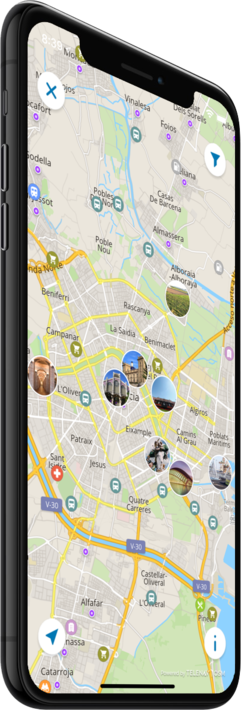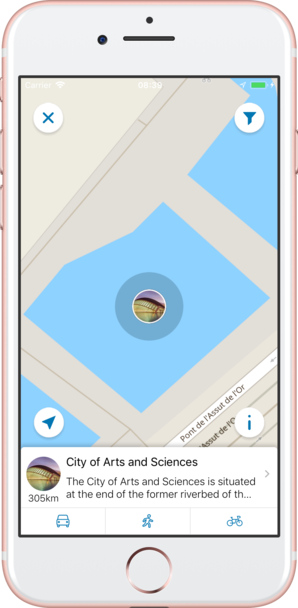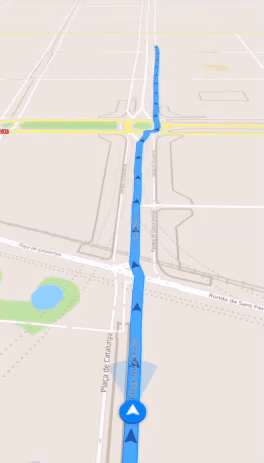기능
Valencia 오프라인 모바일 맵으로
잊지 못할 여행의 추억을 만드세요!
최고 인기 여행지
저희의 오프라인 맵에서는 24 최고 인기 여행지에 대한 정보와 함께, 고품질의 설명, 사진, 그리고 실제 여행객들의 리뷰를 제공해 드립니다.
고품질 콘텐츠
저희가 제공해 드리는 모든 장소는 설명, 사진, 실제 여행자들의 리뷰와 함께 제공됩니다.
모바일 데이터를 절약하세요!
앱의 모든 기능이 오프라인에서 작동됩니다! 여행 전에 저희의 완전 자체제작 맵을 다운로드하시기만 하면, 모바일 트래픽을 절약하실 수 있습니다!
근처의 최고 인기 여행지를 찾으세요!
저희가 제공해 드리는 특선 장소들 외에, 저희의 가이드를 통해 수만 곳의 다른 유용한 장소들을 찾아보실 수 있습니다 (호텔, 레스토랑, ATM, 대중교통 정류장, 관심 지역 등)
오프라인 네비게이션
오프라인으로 최적의 운전, 도보 또는 자전거 경로를 계획하세요! 자신의 장소를 저장하세요, 저장된 장소를 항상 다시 찾아보기 쉽고 길을 잃을 일이 없도록 말이죠.
날씨 예보 및 환율 변환!
200개 이상의 국가를 지원하는 최신 날씨 예보 및 간편한 환율 변환 계산기!
최고 인기 관심 지역
다음은 저희 오프라인 맵에서 찾아보실 수 있는 몇 군데의 관심 지역 목록입니다.
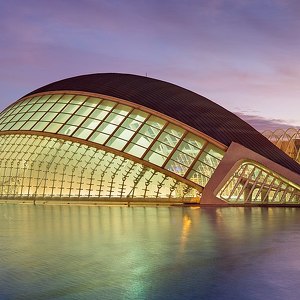
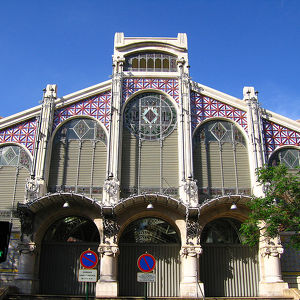
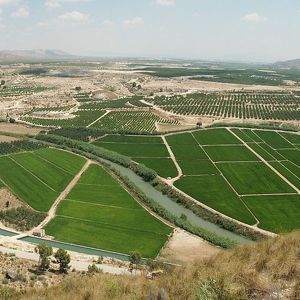
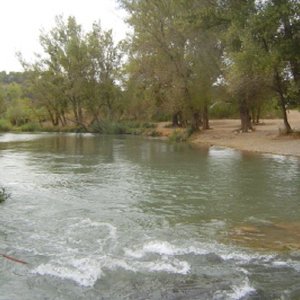
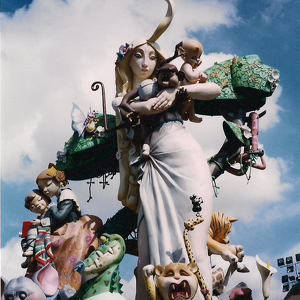
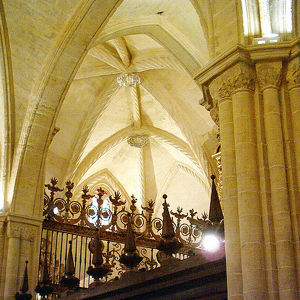
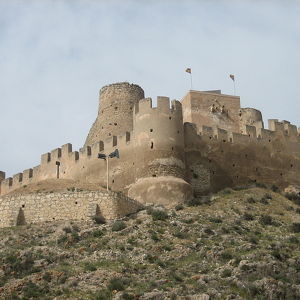
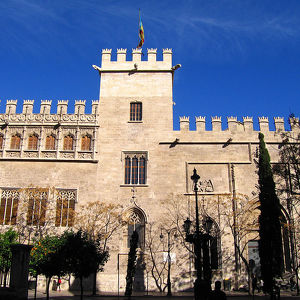
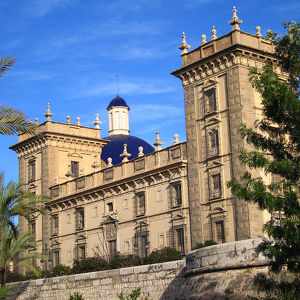
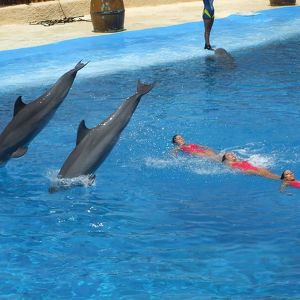
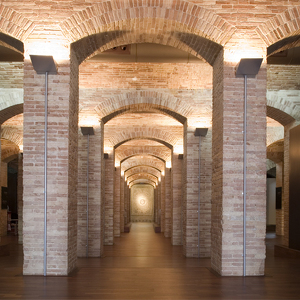
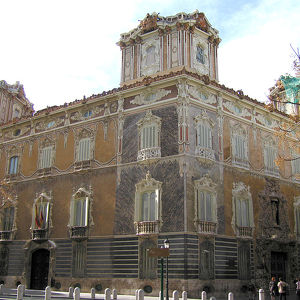
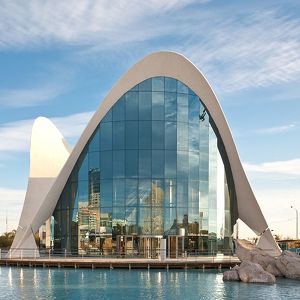
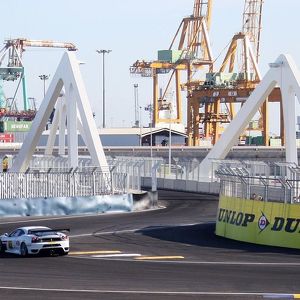
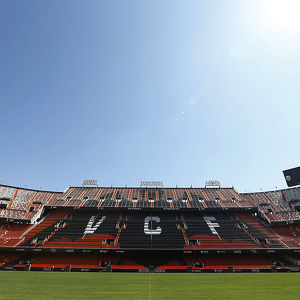
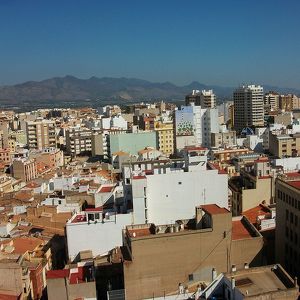
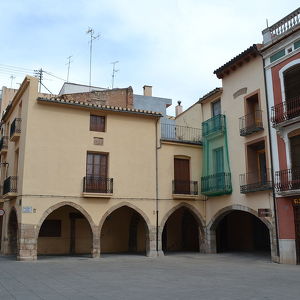
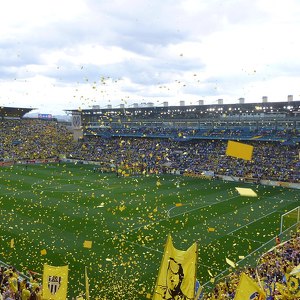
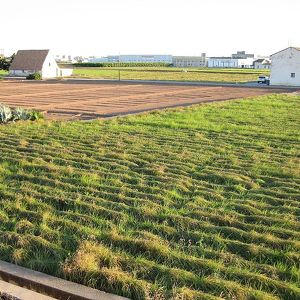
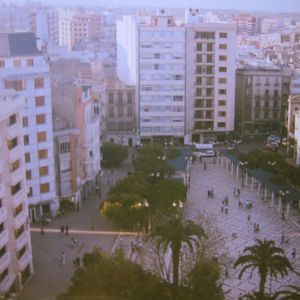
City of Arts and Sciences
The City of Arts and Sciences is situated at the end of the former riverbed of the river Turia, which was drained and rerouted after a catastrophic flood in 1957. The old riverbed was turned into a picturesque sunken park. Designed by Santiago Calat...
Mercado Central
In 1839, the spot had been used to inaugurate an open-air marketplace called Mercat Nou. By the end of the century the city of Valencia sponsored a contest for the construction of a new roofed market. A new contest in 1910 selected the present design b...
Segura
The river begins at Santiago Pontones (province of Jaén), passes Calasparra, Cieza, Murcia, Beniaján, Orihuela, Rojales and ends in the Mediterranean Sea near Guardamar del Segura in the province of Alicante. Some of its tributaries are the Mundo (whic...
Turia
The river is famous for its floods. The flood which occurred on 14 October 1957, known as the Great Flood of Valencia, flooded large part of the city of Valencia, and produced a great deal of damage to both life and property. To prevent this from happe...
Falles
Formerly, much time would be spent by the casal faller preparing the ninots (Valencian for puppets or dolls). During the four days leading up to 19 March, each group takes its ninot out for a grand parade, and then mounts it, each on its own elaborate ...
Roman Catholic Diocese of Orihuela-Alicante
The Diocese of Orihuela-Alicante (Latin: Oriolen(sis) – Lucentin(us)) is a Roman Catholic ecclesiastical territory located in the cities of Orihuela and Alicante in the Ecclesiastical province of Valencia in Spain. It was established as Diocese of Orih...
Castle of Biar
During the Muslim rule had already news but few of the fortress, which began to be relevant to the time of James I of Aragon, remain as border castle under the Treaty of Almizra. The building lost its role during the early modern period and, although r...
Llotja de la Seda
Built between 1482 and 1548, la Lonja is composed of three parts (plus the Orange Garden - a walled court-yard). The main hall, Sala de Contratacion (The Contract Hall) is a large lavishly decorated space supported by gorgeous twisted columns. This was...
Museu de Belles Arts de València
The Museu de Belles Arts de València (Valencian pronunciation: [muˈzɛw ðe ˈβeʎez ˈaɾdz de vaˈlensia]; Spanish: Museo de Bellas Artes de Valencia; English: "Museum of Fine Arts of Valencia") is an art gallery in Valencia, Spain, founded in 1913. It hous...
Mundomar
Mundomar is a marine animal park located in Benidorm, in Costa Blanca, Spain. It is twinned with the water park Aqualandia, which is directly adjacent to it, and shares the same car park. There is a viewing area at the top of Mundomar next to the Dolph...
Valencia History Museum
The Valencia History Museum (MhV) was created by agreement of the Commission of Government of the Valencia City Council on January 12, 2001. Its mission is to promote the history of the city, from its origins to the present day, using elements of the l...
González Martí National Museum of Ceramics and Decorative Arts
The palace, originally a Gothic building, was fully reshaped to Baroque in the mid-18th century, when Hipolito Rovira designed its façade, made by the Valencian sculptor Ignacio Vergara. Nowadays, as the result of several later remodelings, it combines...
L'Oceanogràfic
L'Oceanogràfic is an oceanarium situated in the east of the city of Valencia, Spain, where different marine habitats are represented. It was designed by the architect Félix Candela and the structural engineers Alberto Domingo and Carlos Lázaro. It is i...
Valencia Street Circuit
The deal to host the Valencia race was signed on June 1, 2007, and was for seven years. The deal was made between Formula One supremo Bernie Ecclestone and the Valmor Sport group, which is led by former motorcycle rider Jorge Martinez Aspar and Villarr...
Mestalla Stadium
The Estadio Mestalla was inaugurated with a friendly match on 20 May 1923 between Valencia CF and Levante UD. The new stadium had a capacity of 17,000 spectators, which was increased to 25,000 four years later. During the Civil War, the Mestalla was us...
Castellón de la Plana
The first known building in the area was the Moorish castle of Fadrell, near the Alqueries de La Plana. The town proper was officially founded in 1251, after the conquest of the Moorish Kingdom of Valencia by King James I of Aragon in 1233. James grant...
Villarreal
Both the Castilian Spanish Villarreal and Valencian Catalan Vila-real are cognates meaning 'Royal Village', due to the city's foundation by King James I of Aragon. Throughout the Middle Ages, as were most European settlements, it was officially known b...
Estadio de la Cerámica
The stadium was inaugurated on 17 June 1923 with a match between Castellón and Cervantes under the name Campo del Villarreal (Villarreal Field), becoming renamed two years later in honour to the rural lands on which it was erected. Nicknamed the Feudo ...
Alboraya
Originally a farming community, Alboraya has grown in recent decades following the development of the metropolitan area of Valencia. Better transport connections, including two stations on the Valencia metro system : Alboraia-Palmaret and Alboraia-Peri...
Alzira
Alzira is located in the province of Valencia, on the left bank of the Júcar river, and on the Valencia–Alicante railway. Alzira's climate is typically Mediterranean: warm with no extremes of temperature either in summer or winter. Rainfall is scarc...
카운터

24
최고 인기 여행지

402
관심 지역

2298
호텔

1782
카페 및 레스토랑
연락하기
다음 양식 작성을 통해 저희에게 연락하실 수 있습니다
 |
 |
 |

